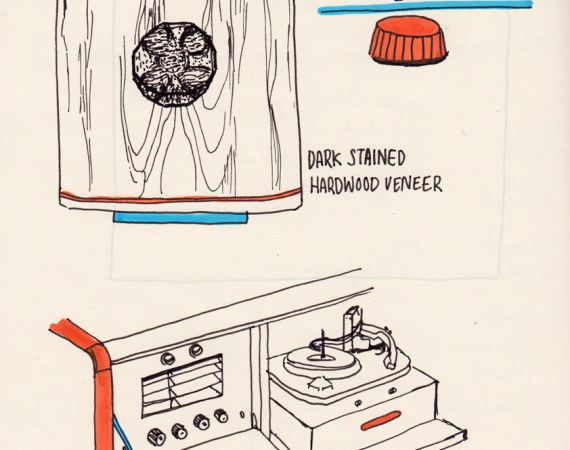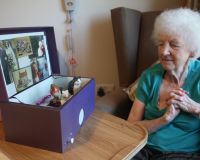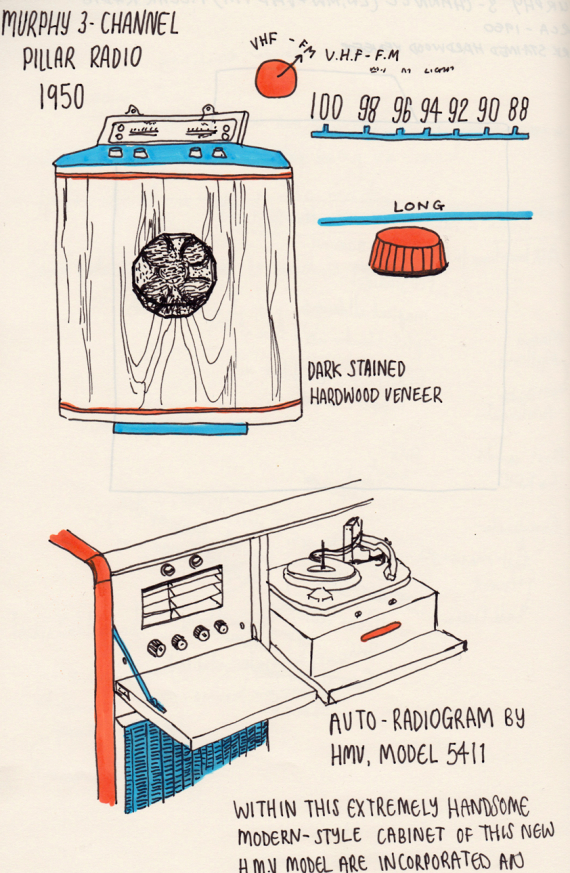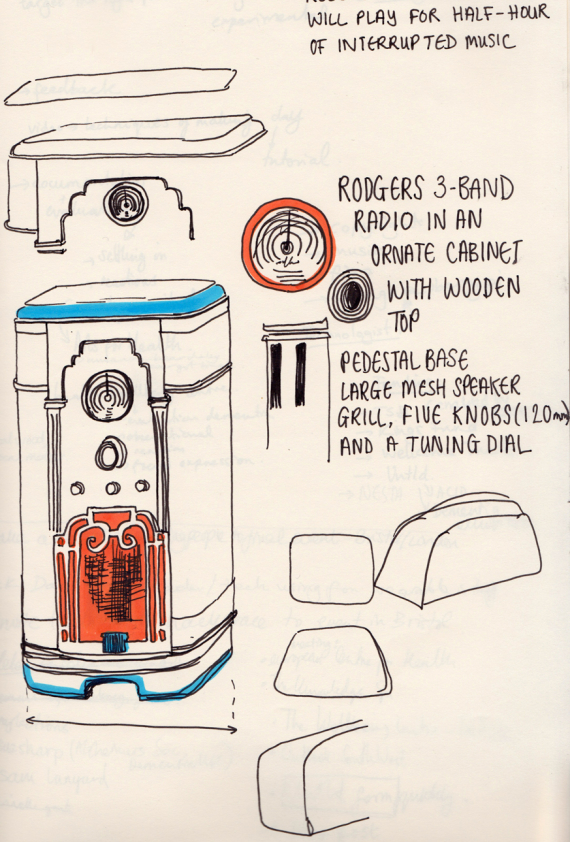Posted on Thu 26 May 2016
Scalability of the Music Memory Box
Recent discussions at the Work in Progress events in Falmouth's Academy for Innovation and Research (AIR) and in iDAT in Plymouth, have solidified my thoughts on a 'kit' approach to the box for a person to complete with their family.

Posted by
Project

Music Memory Box
Music Memory Box harnesses the evocative power of music to create a tool for people living with dementia to recollect, reminisce and reconnect with loved ones.Recent discussions at the Work in Progress events in Falmouth's Academy for Innovation and Research (AIR) and in iDAT in Plymouth, have solidified my thoughts on a 'kit' approach to the box for a person to complete with their family.
I want to achieve a bespoke Music Memory Box and not something generic, the first Music Memory Box, shows this well. However I want to be able to upscale this system and for music memory boxes to be available across the UK so I am not just helping a few wealthy people, but can be more accessible. This means less of me running around carrying speakers, boxes of objects and leading sessions and workshops, but more a kit approach so that families can build the kit and customise it themselves with their loved one. The kit idea eradicates the trust issues I am dealing with at the moment, as families can grow stronger together through storytelling and completing the kit. The kit idea also fulfils some feedback that has been playing on my mind from talking at the Aging 2.0 conference at Google Campus back in November. The point was raised that anyone might like a Music Memory Box for example a child that was seven, might have a collection of tiny trinkets that are very important to them and that this would be great for children too. The kit also fulfils the original idea, when I was back at university, I wanted to create a box that can be developed throughout your life added to when life events happen, for example meeting your partner, or having a child and the box would act as a heirloom about your life to pass down through generations.
TECH:
I have been developing the technology using a Raspberry Pi and a simple USB RFID reader. The idea of the system is for it be as accessible and as simple to use as possible. The family will be programming their own objects, so I need to make the instructions simple and clear. The programming of the system is going well, I have a system that works, you can add new objects by simply inserting a USB into the Music Memory Box, swiping the add card, and swiping the new object in the box. I need to run tests to see if people can complete these tasks ok. At the moment the technical knowledge I am relying on is the ability to put an .mp3 file in a certain folder on a USB stick and the ability to insert a USB stick into a socket.
DESIGN:
The design and aesthetics are very important for the box. I want it to have flashes of the past, but remain contemporary. I have been looking at radios in Helston Folk Museum for inspiration. I want the boxes to have flashes from the past as many people with dementia look into their earlier memories to make sense of the now. In Helston Musueum they have a large Bakelite radio collection, which I have been drawing for some visual research. It is important that the box has a visual cue of making music. I have also been looking at this collection for certain shapes and curves that I might want to incorporate into my box. Also the portability of the box is important. If a person keeps adding to the box, it is likely that the box will change homes many times, how can I create a portable box, that protects the objects inside when I am not sure what objects may be inside? It is amazing to think these large floor cabinets housed the latest sound technology at that time, nowadays we can have a radio and speakers to fit in something matchbox size.


MAKING:
I am looking into laser cutting as a possible manufacturing technique. It is exciting to design as you have to think about the 3D final product, broken down into 2D shapes. To create curves in lazer cut wood, hackers often use a pattern that allows the wood to bend. I will experiment with this pattern.
